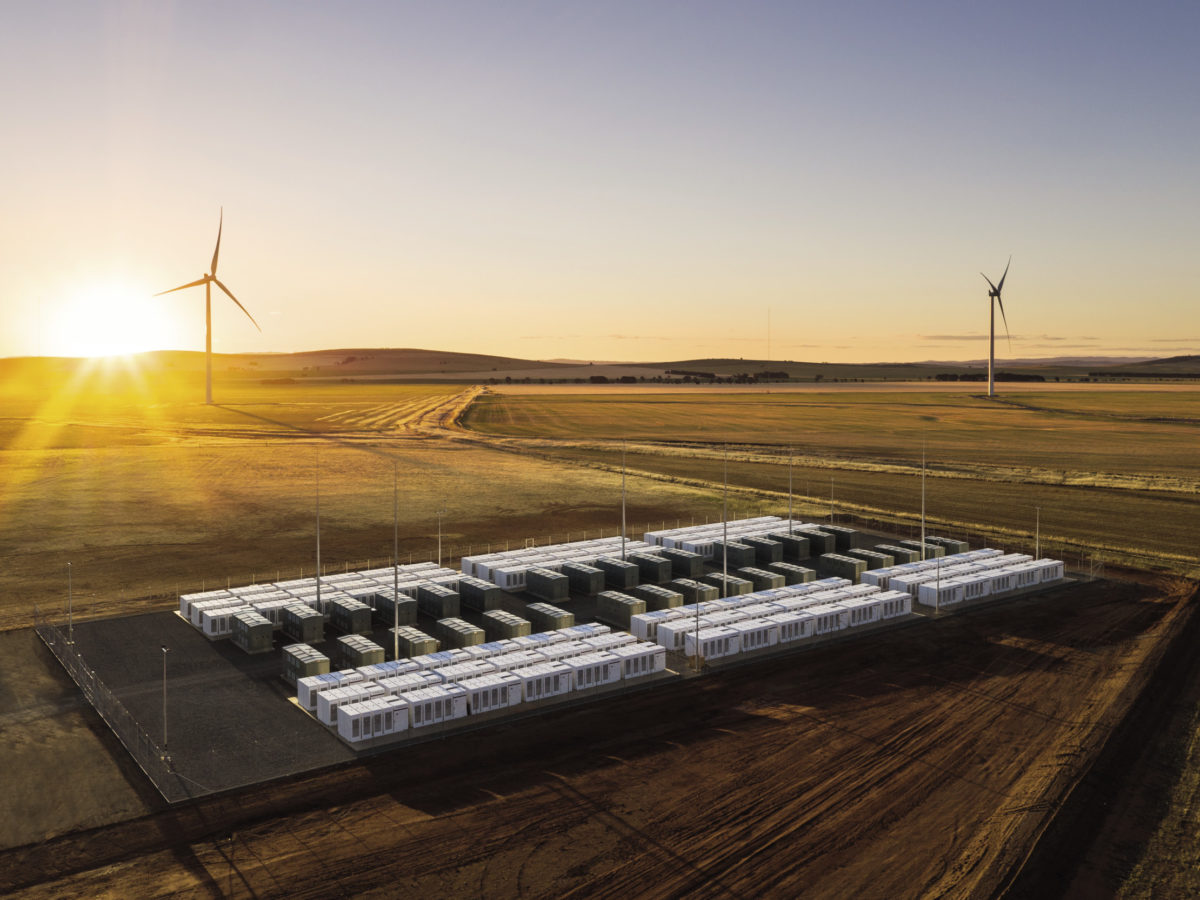From pv magazine USA.
Less than a month after Tesla CEO Elon Musk made waves for saying, on an earnings call: “Tesla will give you a giant contract for a long period of time if you mine nickel efficiently and in an environmentally sensitive way,” U.S.-owned analyst Wood Mackenzie has predicted lithium-iron-phosphate (LFP) will overtake lithium-manganese-cobalt-oxide (NMC) as the dominant stationary energy storage chemistry within the decade.
Musk has long been a proponent of removing cobalt from batteries, though, so maybe the news is not all bad for him.
Having accounted for 10% of the stationary storage market in 2015, LFP batteries have ballooned in popularity since and will claim more than 30% of the pie in 2030, according to Wood Mackenzie.
The uptick started because of a shortage of NMC batteries and components in late 2018 and early last year. With stationary energy storage and electric vehicles (EVs) both experiencing rapid deployment, the fact both segments shared battery chemistries made a shortage inevitable.
“As lead times for NMC availability grew and prices remained flat, LFP vendors began tapping into NMC-constrained markets at competitive prices, thus making LFP an attractive option for both power and energy applications,” said Wood Mackenzie senior analyst Mitalee Gupta.
One factor set to drive LFP’s anticipated dominance will be divergence between the type of batteries used for storage and those harnessed by EVs, as devices become subject to further innovation and specialization.
With current lithium-ion energy storage systems suffering from diminishing returns and unfavorable economics at cycles longer than 4-6 hours, there is a pressing need for long-duration storage. Gupta said she also anticipates high recycling capability and high frequency will take precedence over energy density and reliability for the stationary energy storage market, both aspects where LFP batteries can shine.
Circular manufacturing
While LFP’s increased presence in the EV battery market is not expected to be as dramatic as in the stationary energy storage segment, the Wood Mackenzie report notes e-mobility applications featuring lithium-iron-phosphate are not to be overlooked. The chemistry is already popular in the Chinese EV market and is expected to gain traction globally. WoodMac put a number on how much by predicting LFP will account for more than 20% of EV battery installations through 2025.
The main driving forces behind LFP adoption in the EV space will come via the chemistry’s improvements in gravimetric energy density combined with cell-to-pack technology, according to Wood Mackenzie senior research analyst Milan Thakore.
This content is protected by copyright and may not be reused. If you want to cooperate with us and would like to reuse some of our content, please contact: editors@pv-magazine.com.




2 comments
By submitting this form you agree to pv magazine using your data for the purposes of publishing your comment.
Your personal data will only be disclosed or otherwise transmitted to third parties for the purposes of spam filtering or if this is necessary for technical maintenance of the website. Any other transfer to third parties will not take place unless this is justified on the basis of applicable data protection regulations or if pv magazine is legally obliged to do so.
You may revoke this consent at any time with effect for the future, in which case your personal data will be deleted immediately. Otherwise, your data will be deleted if pv magazine has processed your request or the purpose of data storage is fulfilled.
Further information on data privacy can be found in our Data Protection Policy.